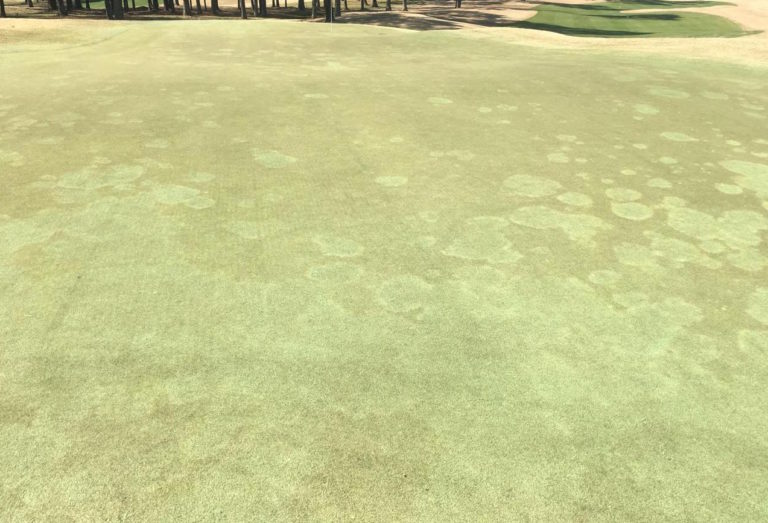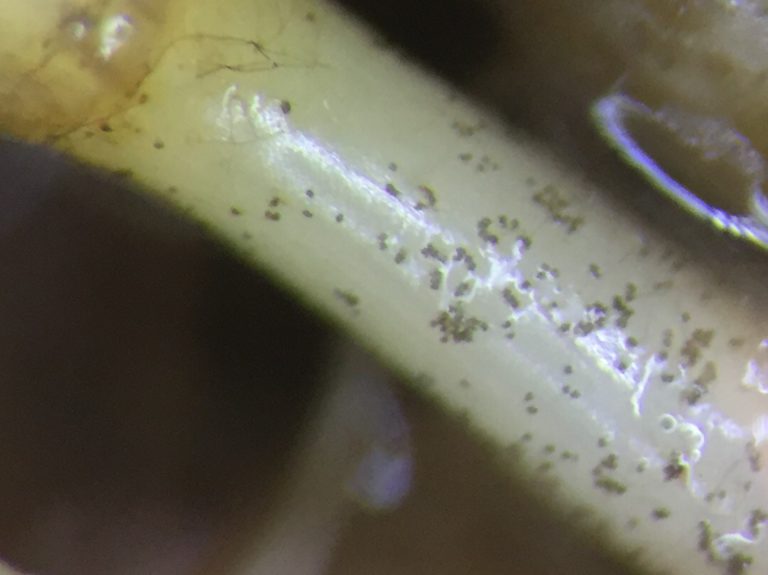The Hangover IV: Bermudagrass Edition
go.ncsu.edu/readext?474979
en Español / em Português
El inglés es el idioma de control de esta página. En la medida en que haya algún conflicto entre la traducción al inglés y la traducción, el inglés prevalece.
Al hacer clic en el enlace de traducción se activa un servicio de traducción gratuito para convertir la página al español. Al igual que con cualquier traducción por Internet, la conversión no es sensible al contexto y puede que no traduzca el texto en su significado original. NC State Extension no garantiza la exactitud del texto traducido. Por favor, tenga en cuenta que algunas aplicaciones y/o servicios pueden no funcionar como se espera cuando se traducen.
Português
Inglês é o idioma de controle desta página. Na medida que haja algum conflito entre o texto original em Inglês e a tradução, o Inglês prevalece.
Ao clicar no link de tradução, um serviço gratuito de tradução será ativado para converter a página para o Português. Como em qualquer tradução pela internet, a conversão não é sensivel ao contexto e pode não ocorrer a tradução para o significado orginal. O serviço de Extensão da Carolina do Norte (NC State Extension) não garante a exatidão do texto traduzido. Por favor, observe que algumas funções ou serviços podem não funcionar como esperado após a tradução.
English
English is the controlling language of this page. To the extent there is any conflict between the English text and the translation, English controls.
Clicking on the translation link activates a free translation service to convert the page to Spanish. As with any Internet translation, the conversion is not context-sensitive and may not translate the text to its original meaning. NC State Extension does not guarantee the accuracy of the translated text. Please note that some applications and/or services may not function as expected when translated.
Collapse ▲Over the past couple of weeks, bermudagrass putting greens have been waking up from winter dormancy here in the Carolinas. Unfortunately, it appears they are still feeling the negative effects from too much drinking back in the fall of 2015. The poison? Warmer and wetter than normal weather conditions in the fall of 2015 led to disease outbreaks that we aren’t used to seeing in this part of the country.
One of the major issues we diagnosed multiple times last fall was take-all root rot (a.k.a. bermudagrass decline). We received numerous samples last week from courses that were diagnosed with this disease last fall and in most cases the patches are appearing in the exact same areas. Traditionally, this has been a disease on bermudagrass putting greens in the Gulf Coast states.

Typical patch symptom associated with take-all root rot on bermudagrass putting greens.
Take-all root rot develops when soil temperatures hover around 85 F (it likes the heat, the humidity) and symptoms typically do not develop until bermudagrass growth is slowed. For the Carolinas, most of the symptom development occurred this fall when we experienced record rainfall and temperatures. The root systems were compromised last summer and did not have a chance to recover this fall with the poor growing conditions, which is likely leading to symptoms showing up this spring.

Infection structures known as hyphopodia provide the key diagnostic feature on infected stolons.
Fungicides will most likely have limited effect this spring, but this disease is an unknown for us. To ensure that no further root loss occurs products like Heritage, Velista, Insignia, Lexicon, Briskway and tank mixtures of a phosphonate fungicide and chlorothalonil might be warranted. Products such as Tartan and Headway have also proven effective, but these should only be considered when conditions are more favorable for bermudagrass growth. All of these products except for the tank mixture of phosphonate and chlorothalonil should be watered in with at least 1/10 inch of irrigation. Cultural management should not be neglected. As soon as possible, courses with damage should fertilize with ammonium sulfate and potentially include a product containing manganese (Mn). Solid tine aerification and/or verticutting to encourage regrowth in these areas may be helpful as well.


